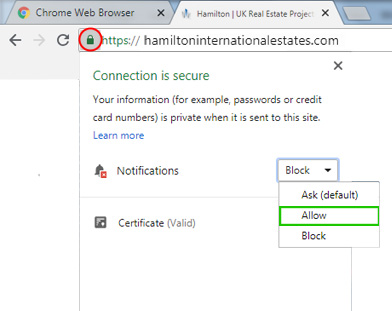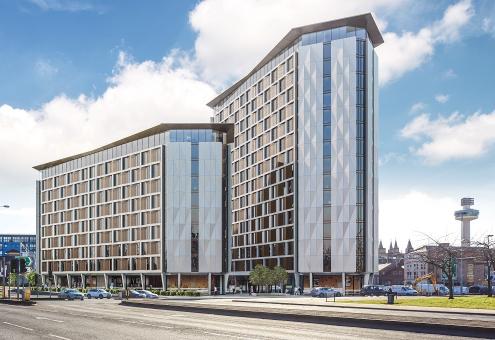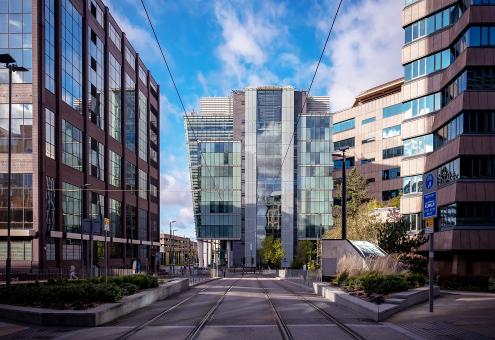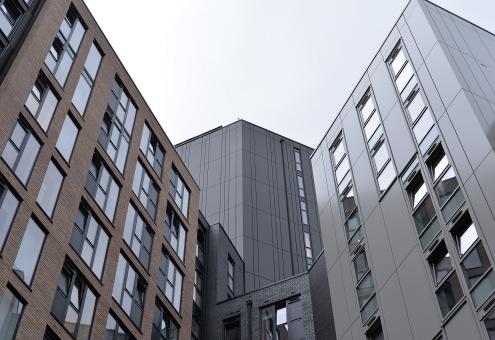Growth And Rental Prospects in Health Care Sector
02 Jul 2018
Investment in prime properties in London offers lucrative returns. Despite Brexit and augmented taxes, the properties bought by international buyers in central London dominate the property markets in the UK, and international buyers were responsible for making more than half of the key purchases in Q2 2017.
Currently, the housing sector in the UK is dominated by private owners, social landlords, developers, housing associations and authorities. The health care sector offers flexible multi-operational asset classes where an extreme shortage of care units has led to a rise in rents.
Undersupply of health care units raises the need to increase the private supply of houses. In Central London, only 3,178 beds and 20,357 retirement housing properties are available, which can satisfy only 10 per cent demand of the growing ageing population.
Residential property value is growing at a rate two times greater than commercial property's value, and it stands at £5.9 trillion (as per the data represented by Property Industry Alliance 2017).
Online mortgage broker Trussle finds the price of an average house has risen from £2,006 to £211,000 (i.e. 106 times) since the England team won World Cup (1966), but the salaries have increased one-third from £798 to £26,500.
Commercial property accounts for 13 per cent – with a value of £883 billion. These non-residential properties include healthcare, hospitals, colleges, schools and other institutions, which are a fraction of total properties but have a significant function in the property market.
Opportunities In Health Care Properties
Investment grew in the UK health care sector in the first half year of 2018, and the CBRE reports find the investment volumes increased to £687 million from £492 million in 2017 and £400m reported in 2016. The care home sector will remain robust in the coming years, and the performance of such properties is estimated to be 12 per cent in 2017.
The health care rental market is growing where new purpose-built health care units, opportunities funds, and institutional investors are spending on health care. The primary care units are believed to provide safe value for money.
The health care industry received an investment of more than £1.32bn in 2017 which is 88 per cent more than the 10-year average.
The health care industry requires a consistent flow of investment to fulfil the requirement of people. The key drivers of the health care industry are the ageing population, shortage of care beds and long-dated income.
The investment in the health care sector attracts foreign investors due to long-dated income where the lease term can be 30 years, while the average lease for commercial properties is seven years.
REITs and some leading property companies invested up to £741m (in 2017) in healthcare, and UK institutions invested £214m. Recently, the UK-based investors Primary Health Properties (PHP) bought the Mountmellick Primary Healthcare Centre (located in Co Laois) as part of the growth in the Republic of Ireland, where the requirement for primary healthcare infrastructure is increasing.
Research on care homes finds there is substantial opportunity in this sector. However, there are many challenges like rising property prices and increasing living costs.
To get some lucrative deals in health care units, visit Hamilton International Estates (www.hamiltoninternationalestates.com).
Categorised in: All News












